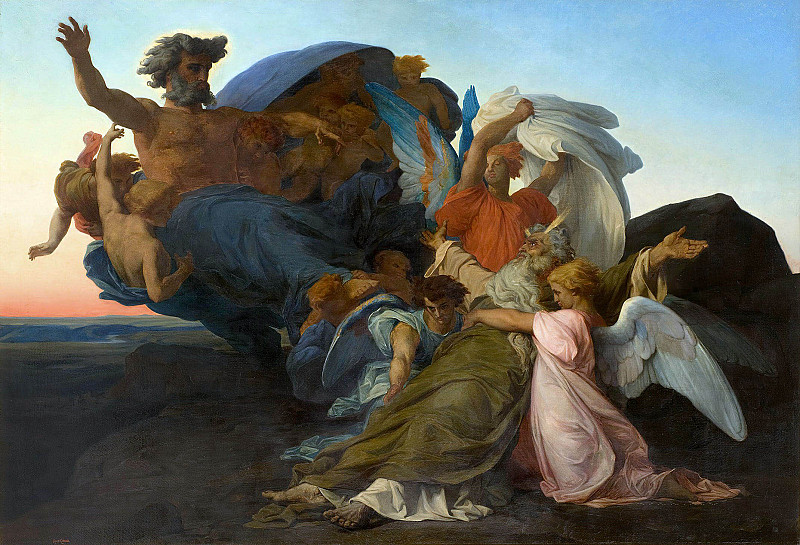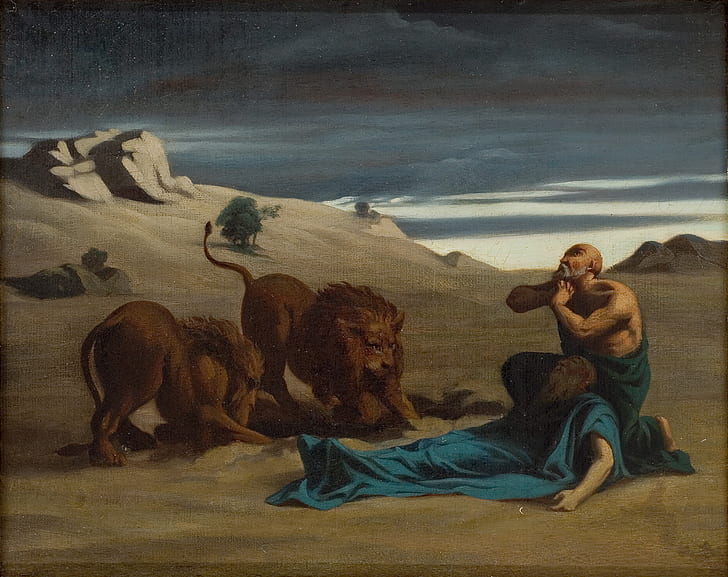

Students were systematically taught the figure drawing and compositional techniques required to complete the massive history paintings that the Académie considered to be art’s most important genre, and were pitted against each other in monthly competitions, with winners receiving silver medals. To give his students the best chance at professional success, Picot ran his studio as a training-ground for winning the Prix.


Years before, Picot had won the Prix de Rome scholarship, establishing him as a favorite of the Académie and launching his career. A few years later in 1839, he won a city-sponsored art competition, and was sent on scholarship to Paris to study in the studio of the influential academic artist Francois-Edouard Picot. Precocious and ambitious, he started his artistic training at age ten in the local art school, where he apparently took to drawing so quickly that he was asked to teach classes himself. Early BloomerĬabanel was the son of a carpenter, born in the fall of 1823 and raised in the small city of Montpellier on the southern coast of France. Finally, the Académie put a spotlight on the artist that best exemplified their standards with the Prix de Rome, an annual scholarship that sponsored a trip to Rome for the artist to further refine their technique through study of renaissance art and classical sculpture. The exhibition ran only once per year, and entry marked you as a successful artist, leading to sales and commissions from wealthy and powerful patrons-rejection was devastating. Next, the Académie ran the Paris Salon, the only permitted public art exhibition in France.

First, France’s most prestigious art school, the Ecole des Beaux Arts, was run by the Académie, who defined not only its strict curriculum, but the stringent entry requirements that taught young artists to adhere to approved styles before they even began their training. An authority this complete is hard to imagine in today’s art world, but the Académie had a monopoly on three critical resources. In 1795 the state-sponsored French Academies of Music, Architecture, and Painting & Sculpture merged into the Académie des Beaux-Arts, becoming singularly responsible for defining nearly every aspect of French art, and holding final judgment on what was ‘good’ and ‘bad’ art for more than 150 years. From its subject matter and color scheme to the visibility of each brushstroke, Alexandre Cabanel’s artwork was defined by the total authority of the Académie-but even under extreme constraint, creativity finds ways to express itself.


 0 kommentar(er)
0 kommentar(er)
